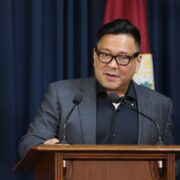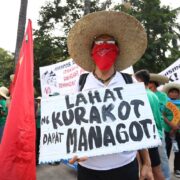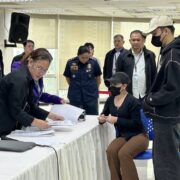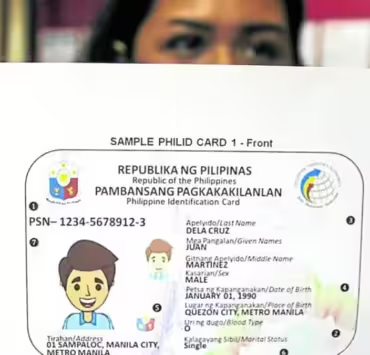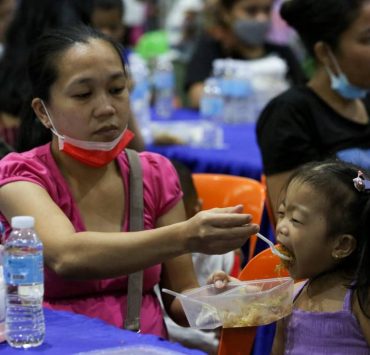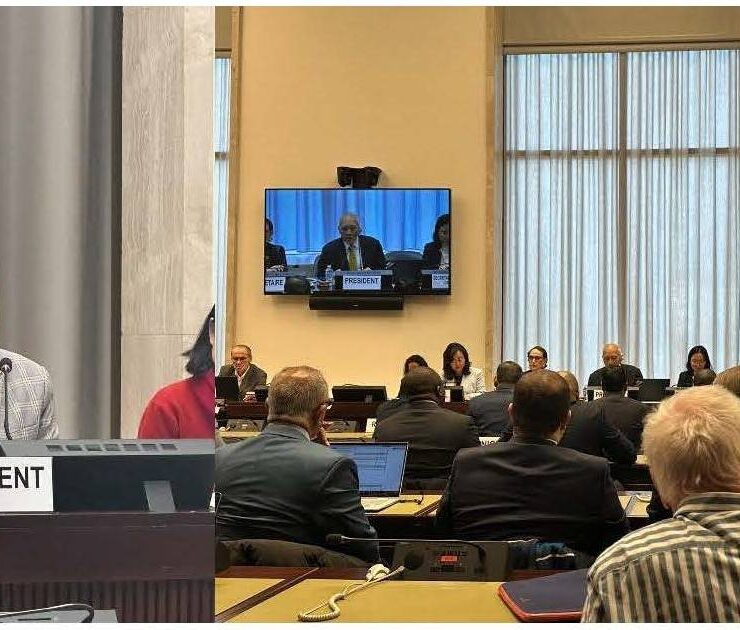Analyze this: Less than 1 mental health worker per 100K Filipinos

Among the targets of the United Nations’ third Sustainable Development Goal (SDG) is to promote and prioritize mental health and well-being, by addressing the global suicide mortality rate. In a fact sheet updated on August 2024, the World Health Organization (WHO) reported that over 720,000 people around the world die from suicide annually, and that suicide was the third leading cause of death among those aged 15 to 29 in 2021. In that same year, around 73 percent of global suicides occurred in low and middle-income countries.
While there is a well-established link between suicide and mental health-related issues particularly in high-income countries, people in vulnerable groups (such as refugees and migrants, prisoners, indigenous peoples, and lesbian, gay, bisexual, transgender, and intersex [LGBTI] persons) and individuals who encounter moments of crisis (such as financial problems, relationship-related disputes, or chronic pain and illnesses) are also at risk.
Spiking statistics
In the Philippines, suicide and self-harm statistics in particular spiked in 2020, amid the Covid-19 pandemic. According to data from the Philippine Statistics Authority (PSA) released in 2021, deaths due to intentional self-harm hit around 4,420 in 2020, an increase of over 57.3 percent from 2019. It became the 25th leading cause of death for that year.
In February 2024, the Department of Health (DOH) reported over 95 deaths caused by suicide in Eastern Visayas in 2023 alone, a sharp increase from the 49 in 2022. Police stations in six provinces also recorded over 204 suicide cases in 2023.
To help promote suicide prevention, the Department of Health (DOH) joined forces with the WHO and the Australian Government in March 2022 and released a memorandum which stipulates guidelines for “the ethical and responsible reporting of suicide in the news and broadcast media, and portrayal in films, stage, and television,” given the reported association between risk of suicide and its portrayal in media.
With regard to mental health disorders in general, the WHO reported that in 2019, over 970 million people around the world lived with a mental disorder, with anxiety and depression the most common cases among them.
In the Philippines, as of 2023, the DOH reported that over 3.6 million Filipinos suffered from mental, neurological, or substance use disorders.
Data from the WHO Special Initiative for Mental Health’s Situational Assessment from 2020 found that Major Depressive disorder affected over 1.1 million people, with a gender ratio of 1.2 percent to 1.1 percent for females to males, respectively. It was followed by Bipolar disorder, with over 520,614 affected, and Schizophrenia, with over 213,422 affected.
The Philippine Mental Health Association Inc. (PMHA) announced in October 2023 that it had noticed a “sharp increase in mental health concerns during and after the Covid-19 pandemic lockdowns.” However, the PMHA warned that access to mental health services in the country remained limited or inaccessible due to stigma and scarce resources. Worse, there was less than one mental health worker available for every 100,000 Filipinos.
According to the WHO Mental Health Atlas 2020, the Philippines has a total of 1,821 mental health professionals across the country: over 240 psychiatrists, 842 mental health nurses, 82 psychologists, 521 social workers, and 136 other specialized mental health workers.
Meanwhile, the WHO Special Initiative for Mental Health’s Situational Assessment from 2020 also reported a total of four outpatient mental hospitals and 46 outpatient general hospital psychiatric units throughout the country.
Republic Act No. 11036
On the bright side, the Philippines has made some effort toward improving its overall mental health situation. In June 2018, former President Rodrigo Duterte signed into law Republic Act No. 11036, or the Philippine Mental Health Law. This law secures the rights and welfare of persons with mental health needs and mental health professionals, provides mental health services down to the barangays, and integrates psychiatric, psychosocial, and neurologic services in regional, provincial, and tertiary hospitals. It also mandates the improvement of the country’s mental health care facilities and promotes mental health education in schools and workplaces.
In October 2023, to help guide the development and implementation of policies, programs, and services dedicated to mental health, the DOH partnered with WHO to launch the 2024-2028 Philippine Council for Mental Health Strategic Framework, which implements mental health policies, strengthens patient navigation and referral pathways, creates the Mental Health Internal Review Board, and trains media groups for responsible, ethical, and responsible reporting and portrayal of suicide.
The Bureau of Fire Protection also partnered with the National Center for Mental Health in May 2024 to launch a hotline for individuals with mental health concerns, following the influx of calls the BFP had received regarding self-harm attempts. The hotline offers counseling around the clock.
The issue of mental illness also came up during President Ferdinand Marcos Jr.’s State of the Nation Address (SONA) last July 2024, when the President recognized it as one of the “pressing yet delicate social issues of the day.” Marcos announced in that speech that the DOH had launched its comprehensive mental health plan, which includes ensuring sufficient supply of medication; and that PhilHealth had also released its mental health benefit package for members, expanding its coverage to include outpatient mental health cases.
The new PhilHealth policy coverage includes two main components: General Mental Health Services, under which patients can avail of screening, assessments, follow-up visits, psychoeducation and psychosocial support, and medicines that are currently provided under the medicine access program for mental health; and Specialty Mental Health Package, under which patients can avail of assessment, diagnostics, follow-up visits, psychotherapy, and medicines.
Sources: Inquirer Archives, who.int, pna.gov.ph, doh.gov.ph, unicef.org, extranet.who.int, psa.gov.ph, sdgs.un.org, pco.gov.ph








